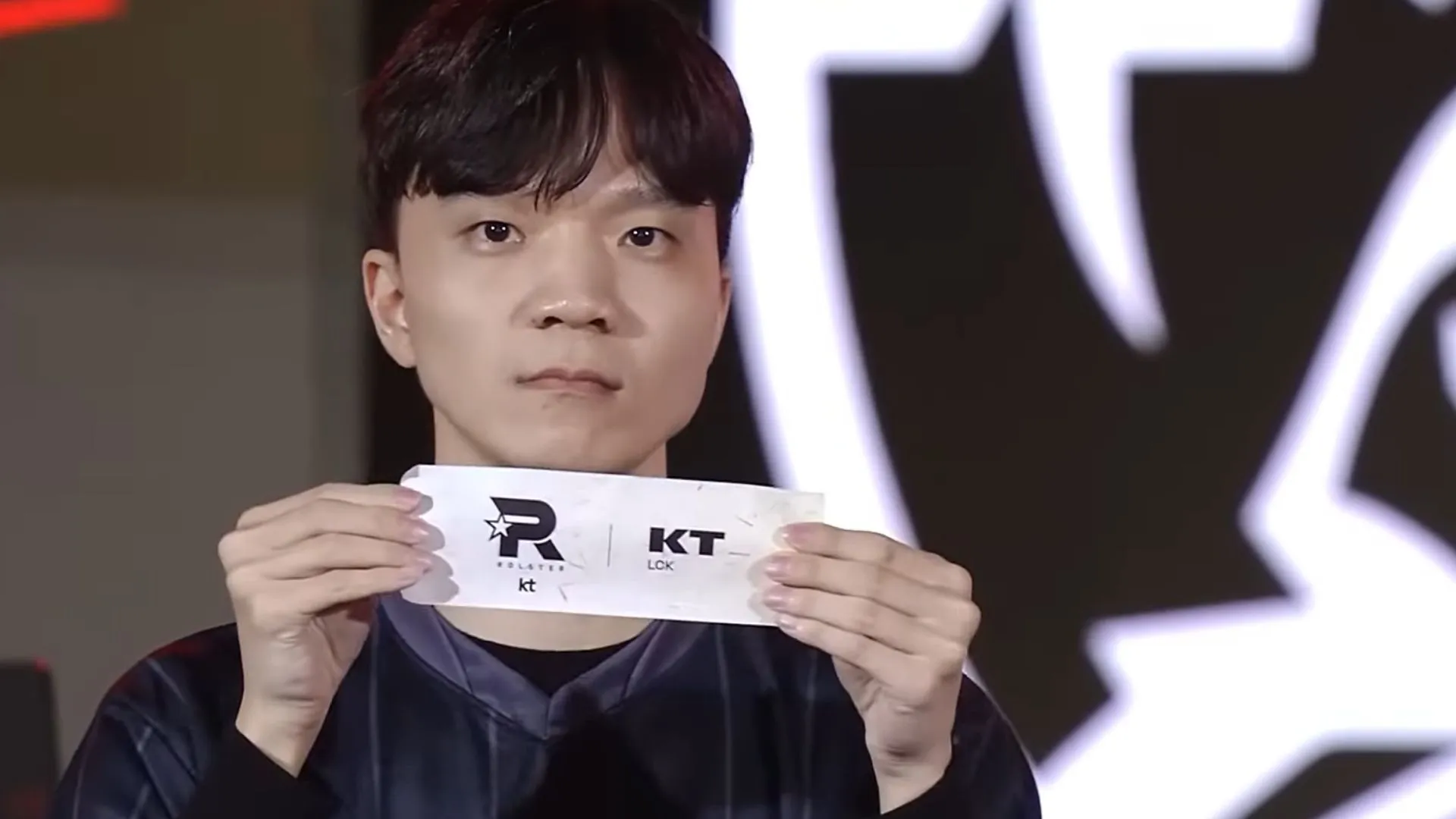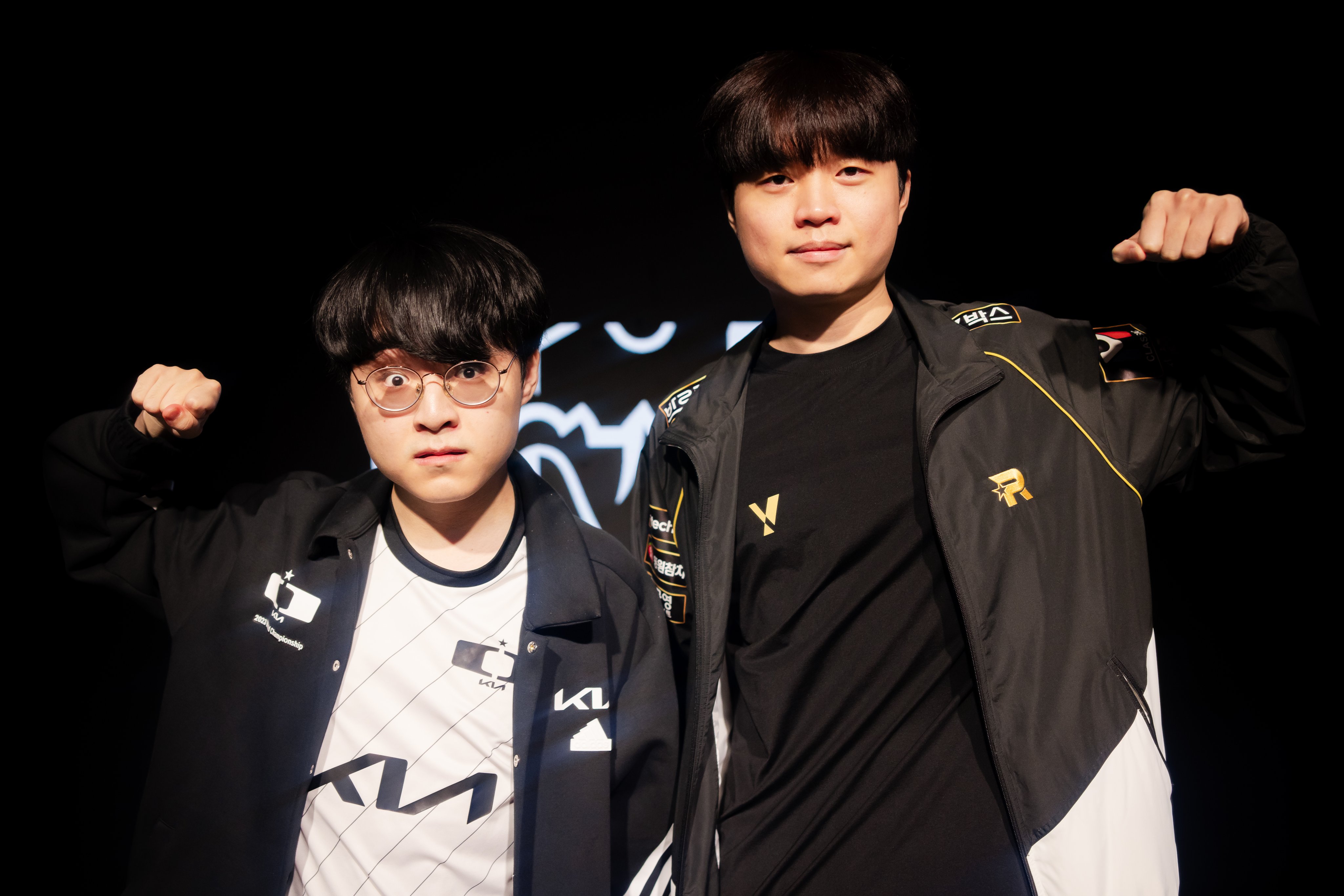With the Knockout stage about to begin, the first Swiss stage in League of Legends Worlds history is over. It was an eventful and fun opening stanza for a new part of LoL Worlds history. Given it was it is the format’s first event, there is plenty to learn going forward to adapt the system. But, what was good and bad about the opening Worlds 2023 Swiss stage? Here is a critical look at the Swiss Stage from a Western fan’s perspective.
Good: Every Game Matters

The biggest issue with the old group stage format was the second week. After one week of play, almost every group’s end result could be easily predicted. Every year had one wonky group that yielded an unexpected result; see Rogue beating TOP Esports in 2022. However, that is one group of four. In the last two years of the group stage, non-Korean or Chinese teams had a combined record of 29-67. That 42.3% win rate is because the Korean and Chinese teams do not give up games to other teams. By the time the second week arrived, the six-game days featuring the same teams felt like a journey to the inevitable. That changed, however.
This journey into a full Swiss stage made everything matter. Instead of a six-game melee where you could get out with 2-3 wins depending on your group, it was three matchups against vastly different teams to make the top eight. None of these matchups could be repeated either. It created excitement for every single game because each loss spelled a greater sense of doom.
Bad: Repeat Matchups

This issue is by far the easiest to fix among all the bad things about the Swiss stage. In a traditional Swiss stage, especially at TCG events, no two entities can play each other more than once. That was not the case at this event, however. In the final Swiss match-up, KT Rolster had to play DPlus KIA, a team prior group stage opponent. Not only that, but they also played BLG and Weibo already, two other teams that advanced from the final round of the Swiss. If it were a proper Swiss draw, KT Rolster would have played Fnatic or G2. G2, however, would not be eligible to play DPlus or Weibo, while Fnatic could not play BLG. If it was graphed out, each team in reality would only be able to play one or two teams potentially.
While fixing the system would account for a more traditional Swiss format, it also would reduce the interest in the draw. In reality, though, the games themselves should take priority.
Good: More Draws Equals More Discussion

One of the parts of esports that generates the most discussions, especially in LoL, is matchup drawings. The sudden influx of information and matchups, exciting or unexciting, flows back into the community. Streamers and podcasters react and talk about the matchups. Journalists write articles about it. Reddit and Twitter are lit ablaze with people arguing over the potential future matchups or loathing their team’s fate. With group stages, that spigot only gets turned out for a short amount of time and eventually runs out on its own. More drawings equals more discussion and more fun,
Bad: The Schedule’s Pacing

This may just be a personal preference, but the back end of the Swiss stage felt like a slog. It began with eight matches for the first two days. Then, a two-four-two split across the next three days. Lastly, the final three days had three matches per day.
When compared to the Swiss stages at Counter-Strike events, they turn 16 teams into eight in four days. Not only that, but each round has three matches played a day by the end. That happens because not all the games are streamed and some are played simultaneously.
Riot would likely never support that format, but it should drive the powers at be to improve their scheduling. As it stands now, some days in the middle can have only four games played, which is uneventful. It attempts to compensate for the potential six games but ultimately fails. Not all the games in the same Swiss round are played on the same day, thus compounding the issue. A few tweaks could make all the difference.
Good: The West Has a Greater Chance

This may not actually be good for the best teams getting through, but Swiss is better for the Western scene. While the Tweet is lost to the eons of time, the stats gave the West hope. If every Asian team beat every Western team, there was still a 60% chance of a Western team making it to knockouts. While that may seem too high, reflect on the past World Championships. Since Worlds expanded into Asia in 2012, at least one Western team has made the playoff stage. Those results typically came from an Asian team underperforming, case and point being FPX and LNG in 2021. While this hinders the thinking from that format, it also opens up opportunities in the new one. With Worlds, we want to see the best teams, great games and great stories. The new Worlds Swiss stage has provided the Western teams with exactly that.
Need More?
Follow The Game Haus for more sports and esports coverage.
Twitter: TGH Esports
Facebook: The Game Haus
“From our Haus to Yours”